Our mission
for modern lifestyle at competitive prices.
How Much Power Does An Electric Bike Need?
The right power level affects acceleration dynamics, ease of climbing hills, and overall riding comfort. However, the wattage alone doesn’t tell the whole story, battery voltage, assist system operation, and torque also play a crucial role. In this article, we’ll clear up any doubts and help you understand how to choose the optimal power level for your needs.
How does power work in an electric bike?
An e-bike’s performance on the road depends on several factors that together determine its actual capabilities. The most important ones are battery voltage (V), current (A), and torque (Nm).
Motor power is the result of voltage and current, which is why it’s useful to consider the equation:
Power (W) = Voltage (V) × Current (A)
For example, a bike with a 36V battery and a 15A controller has a maximum power output of 540W (36V × 15A). This means that two models labeled as “250W” can have completely different performance levels if one has a higher voltage or a greater current flow.
Another key factor is torque, the force with which the motor transmits power to the wheel. For instance, Linda has a 250W motor, but thanks to its 65 Nm torque, it performs exceptionally well in tougher conditions. This proves that the nominal power rating alone doesn’t fully reflect the bike’s actual riding dynamics.
How much power do you need?
There’s no one-size-fits-all answer—the optimal power level depends on several important factors:
• Rider weight – The heavier the rider, the more power is needed for smooth acceleration. Lighter riders can manage well with 250W, but for higher body weights, a more powerful motor is recommended.
• Terrain – A 250W motor is sufficient on flat terrain, but for more demanding routes, greater support is beneficial. Romer and Eddy, with their 48V batteries, maximize motor efficiency.
• Riding style – If you prefer quick acceleration and higher speeds, a more powerful motor will be necessary.
• Additional load – Carrying a trailer or extra baggage increases energy demands. A bike with a higher battery voltage will handle these conditions better, especially on longer rides.
Choosing the right motor power is all about matching it to your personal needs. In the next section, we’ll look at how different power levels perform in real-world scenarios.
Which power level to choose? Overview of options:
250W – a versatile power level for various routes
A 250W motor is the standard in electric bikes, suitable for both daily urban commuting and longer trips. A well-calibrated assist system allows for smooth starts, effortless acceleration, and hill climbing without excessive battery drain. An additional advantage is energy efficiency, which translates to a longer range per charge.
More powerful motors – better dynamics and performance
Not all 250W e-bikes perform the same way. Models with 48V batteries accelerate more efficiently, while motors with higher torque provide better pedal response and enhanced support on inclines. If you frequently ride on challenging terrain or prioritize dynamic riding, these specifications are worth considering.
Power tailored to your needs
When it comes to e-bike power, it’s not just about wattage, it’s about how it’s utilized. Battery voltage, torque, and the assist system significantly impact the riding experience, even when the nominal motor power remains the same.
The key is to choose a bike that matches your riding preferences. If you mostly ride in the city, a 250W setup is more than enough. However, for more demanding routes, heavier loads, or frequent inclines, a bike with greater power and torque will provide better support.
The best way to decide? Take a test ride and experience the difference firsthand. Explore JOBOBIKE’s models and find the perfect e-bike to match your riding style!





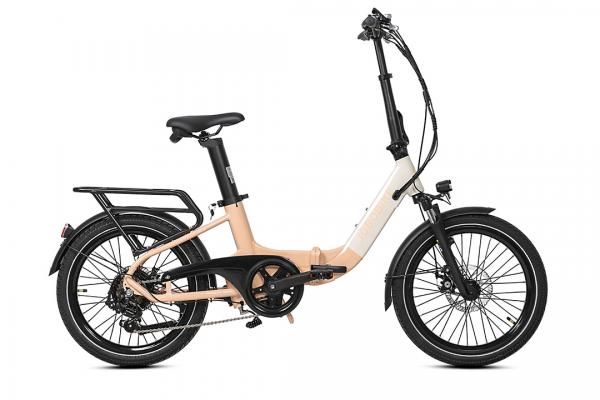
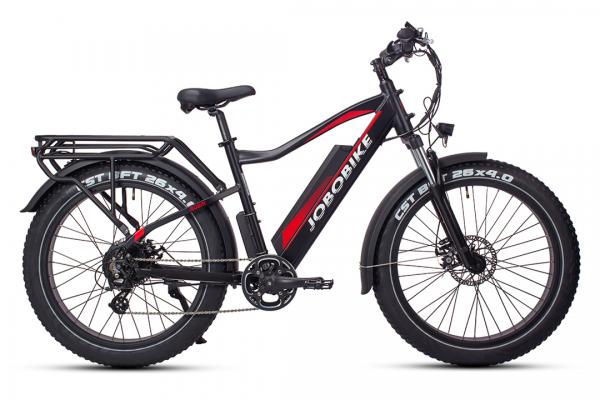
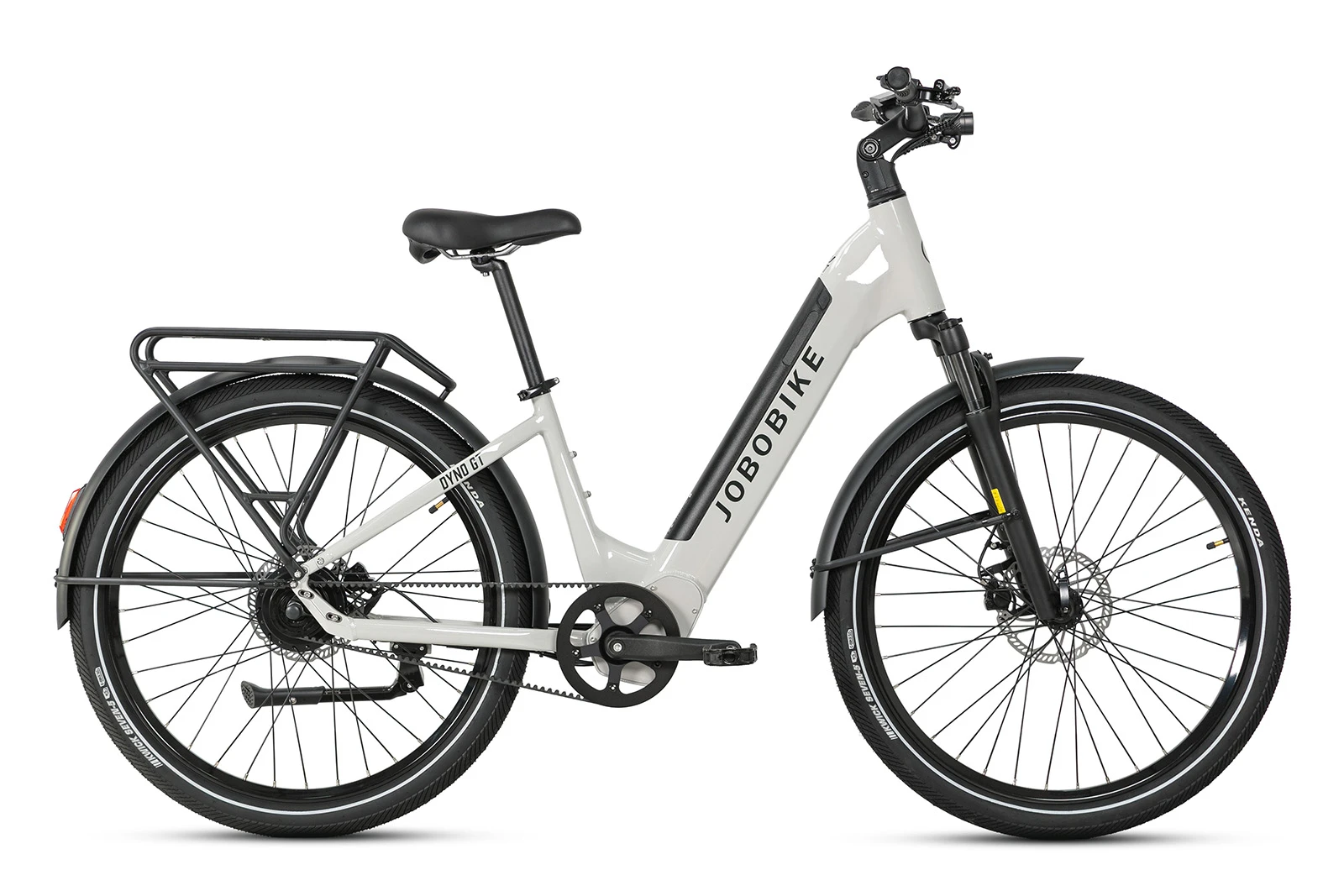
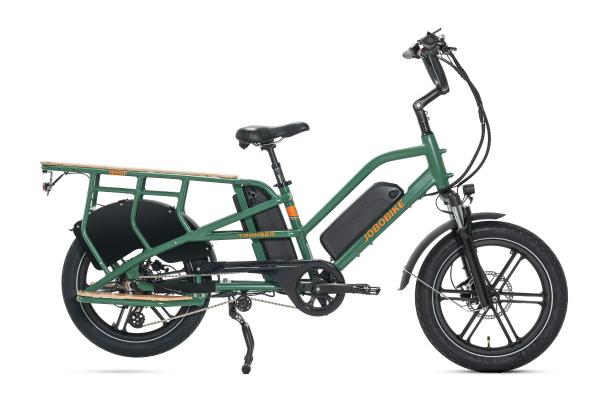

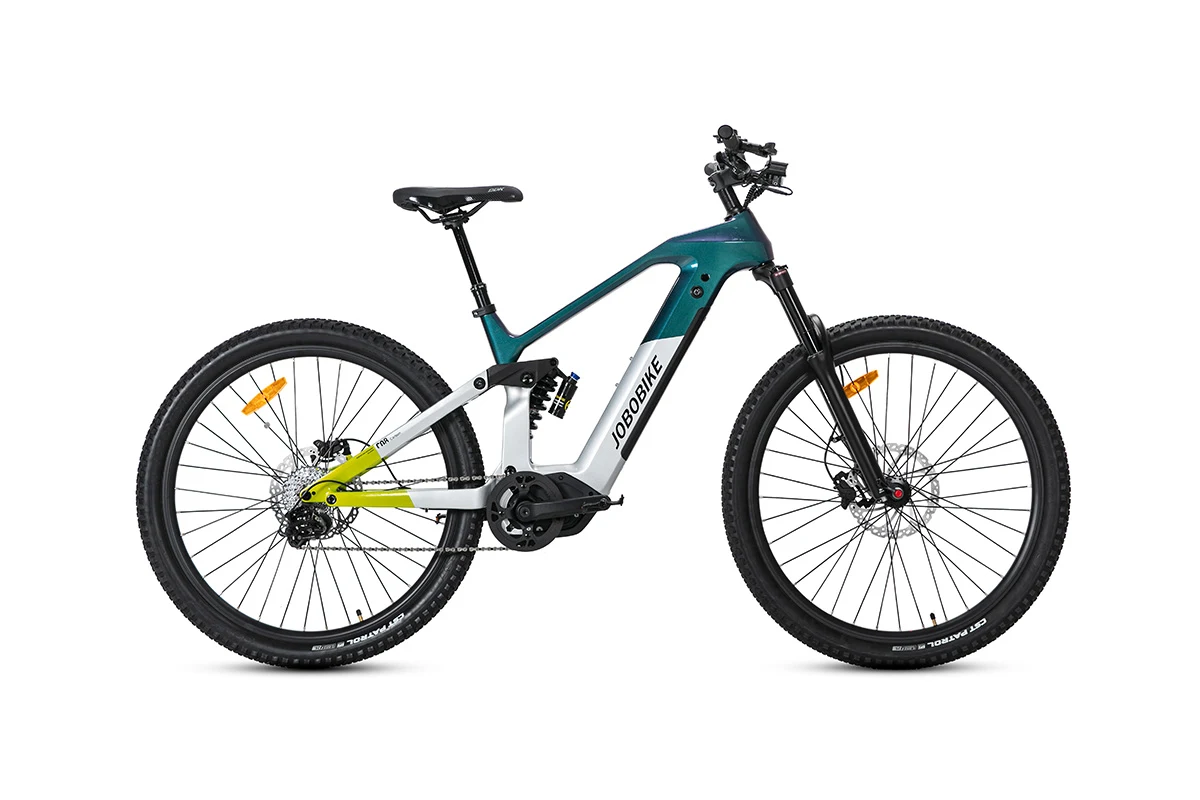
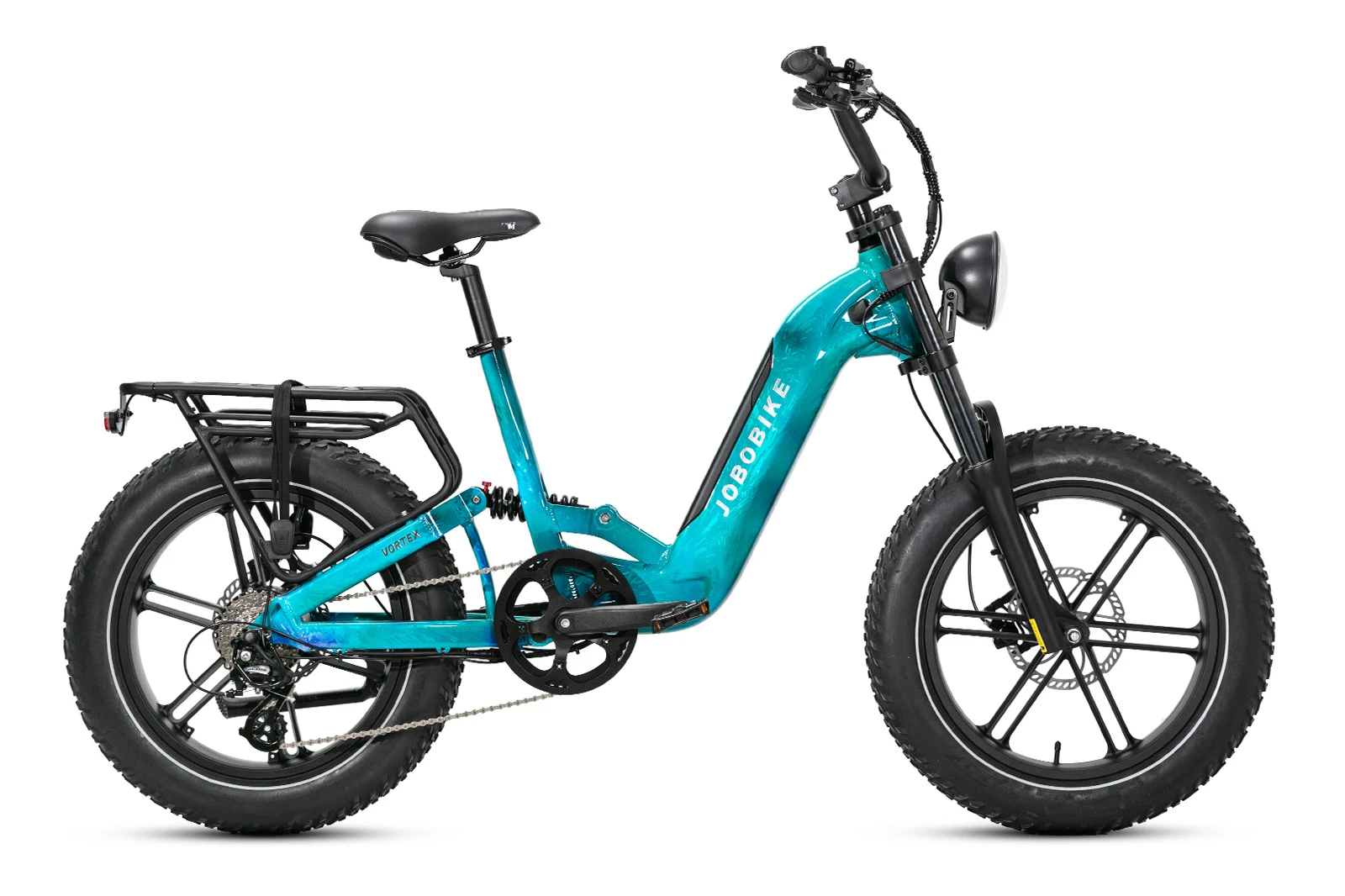
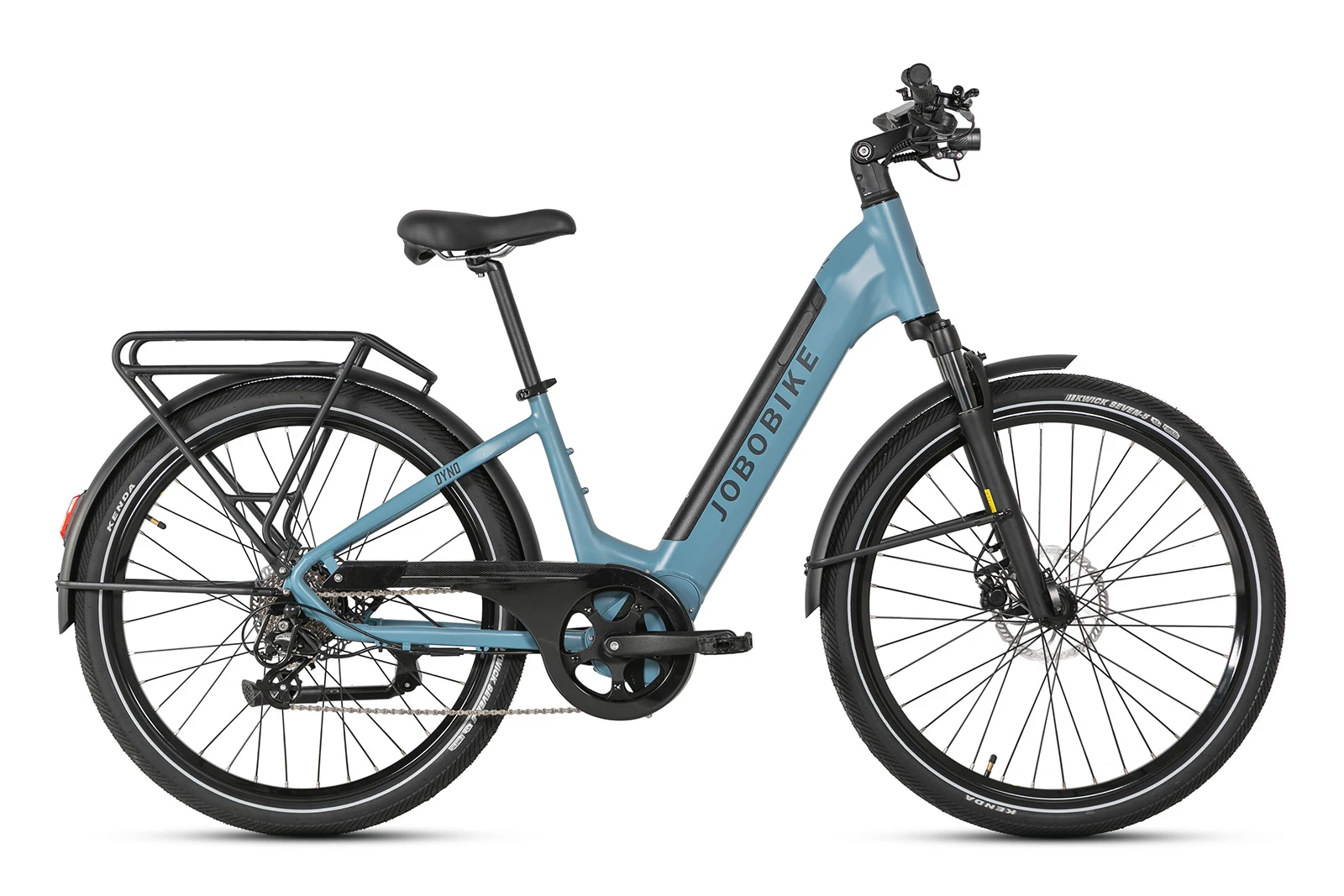
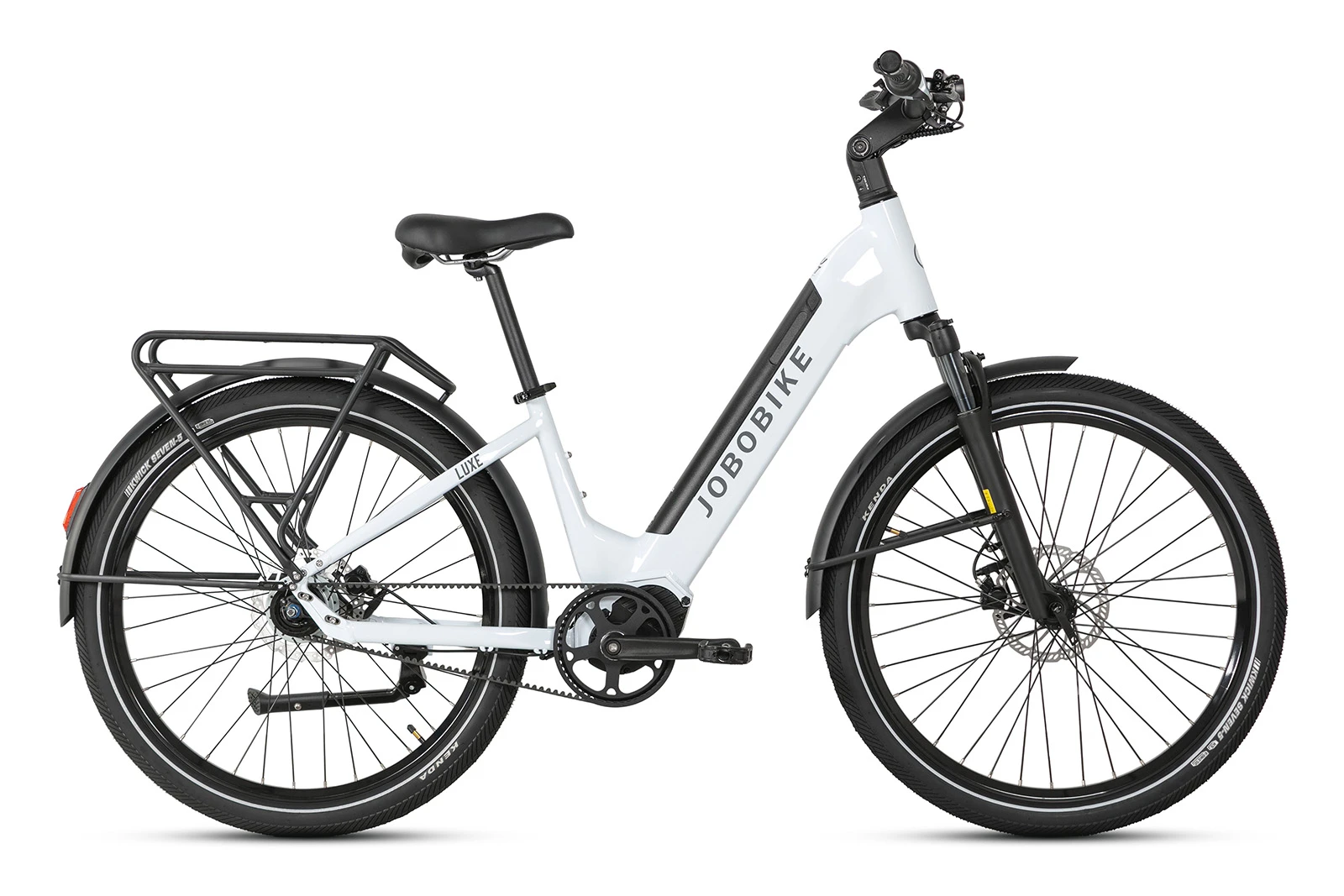
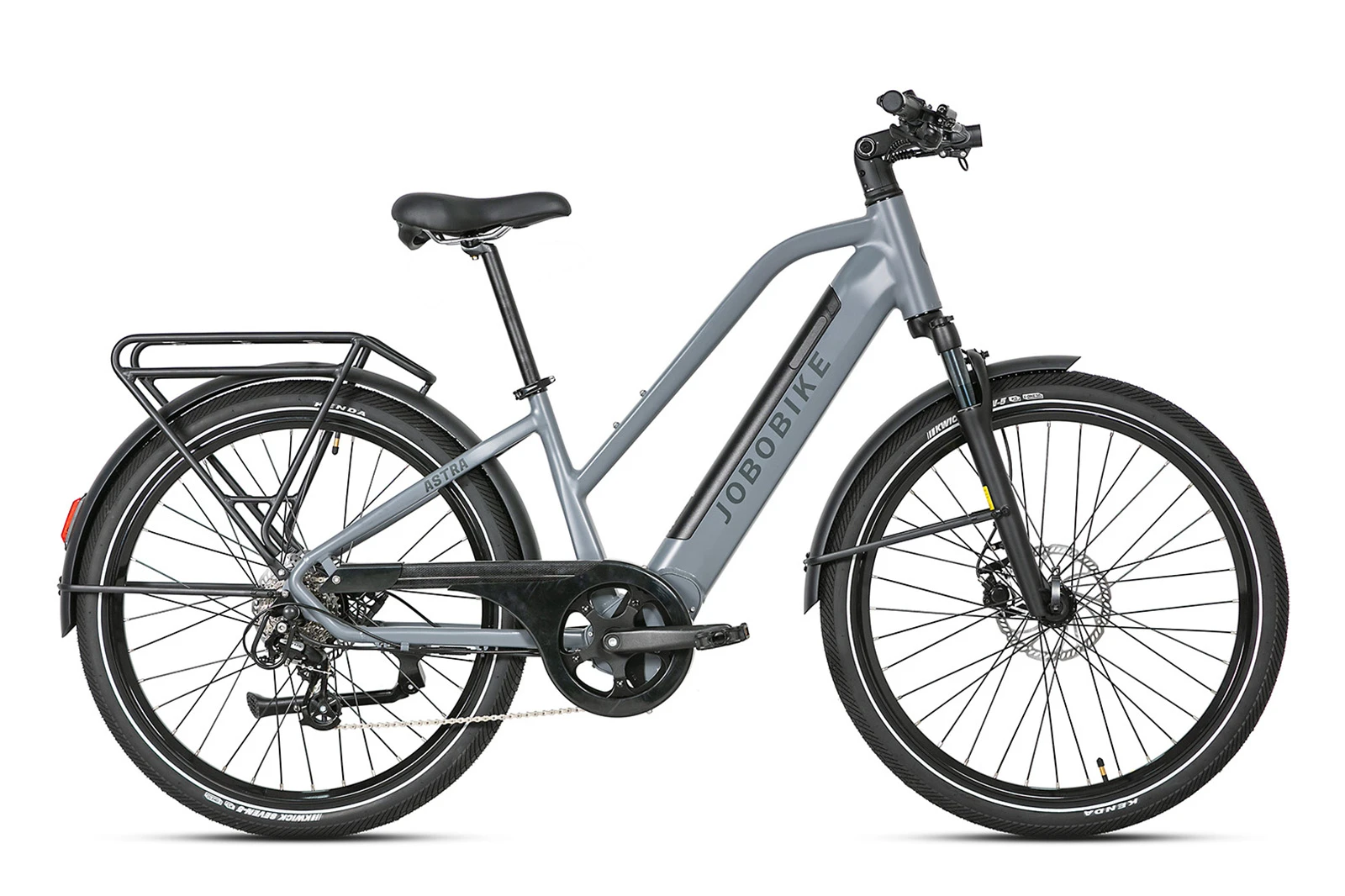
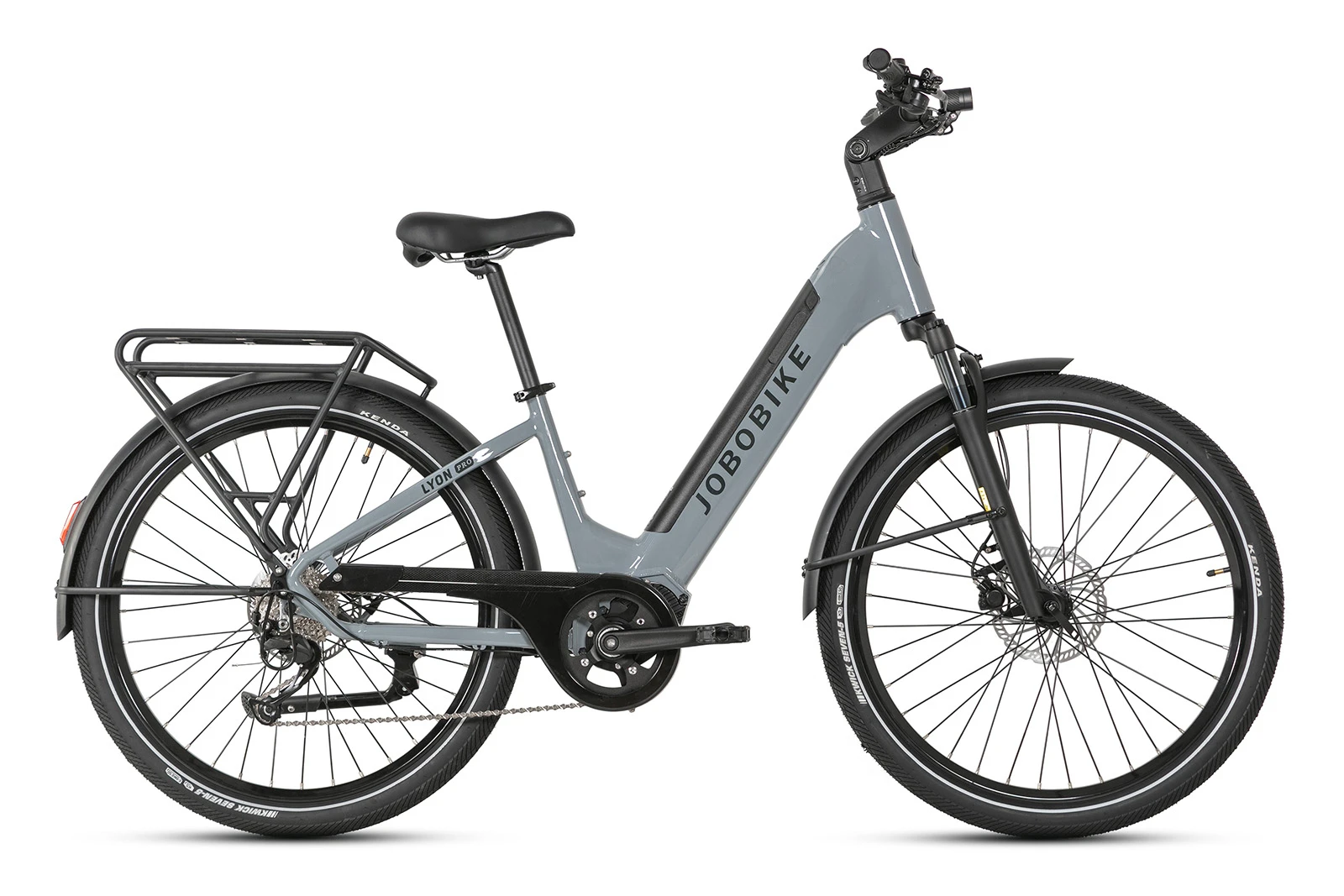


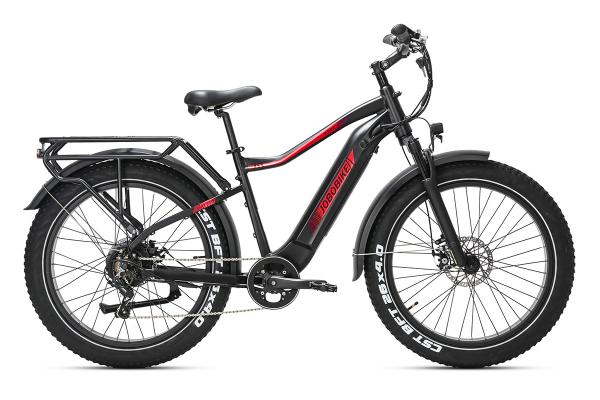
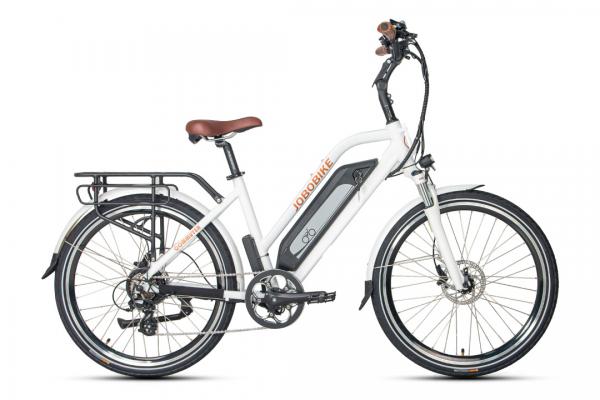
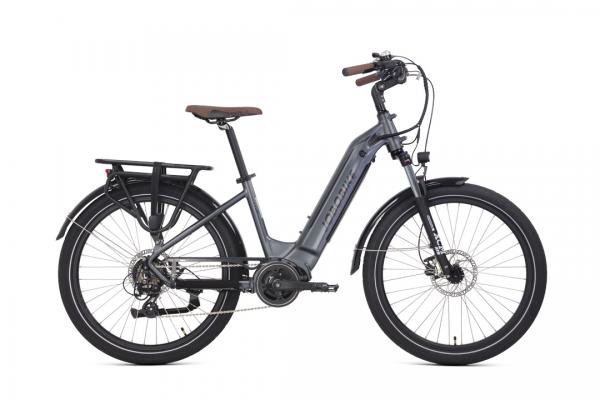
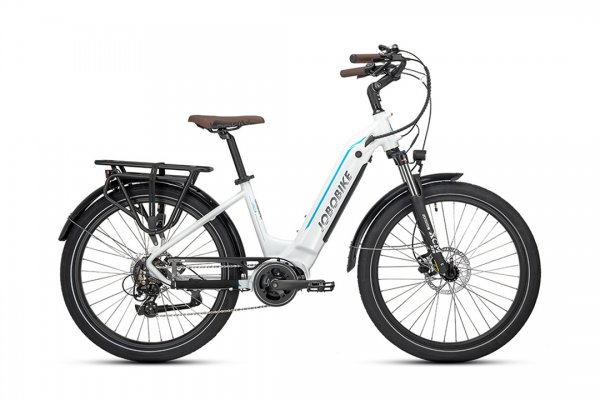
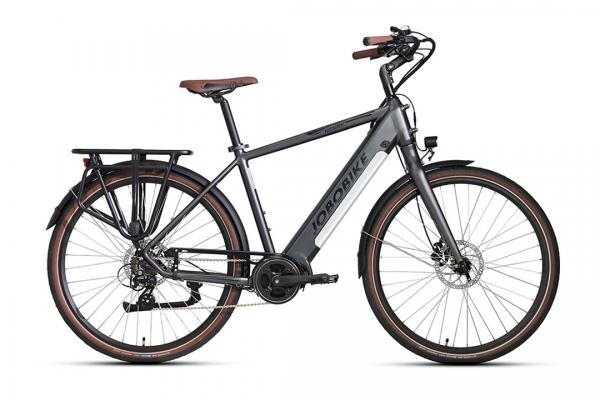
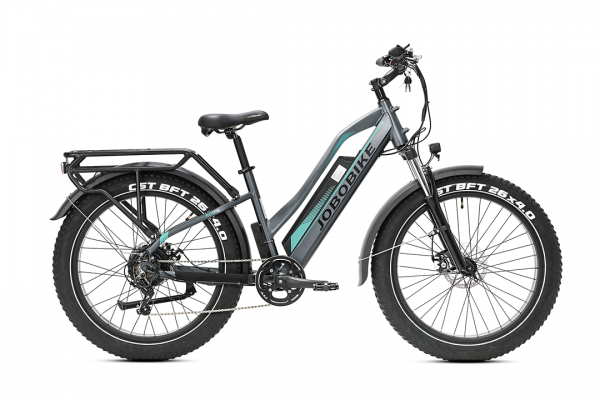
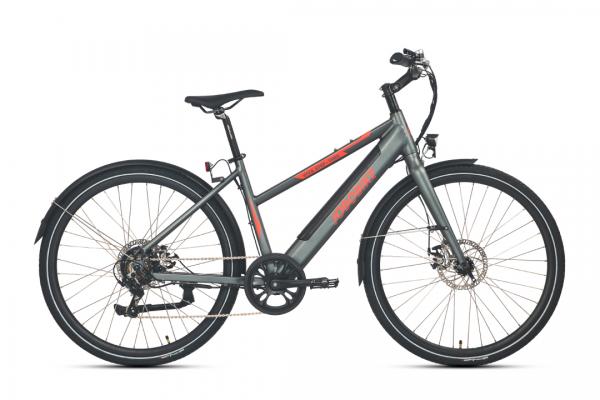
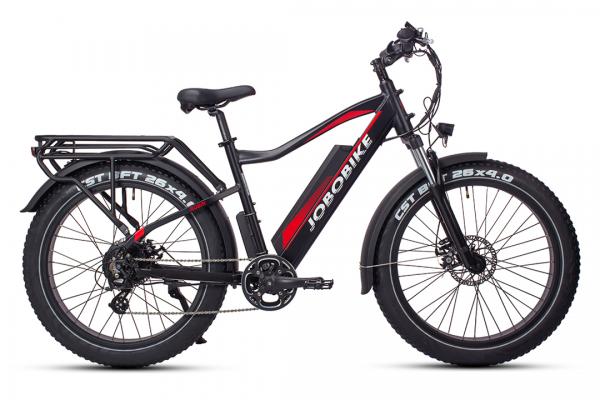
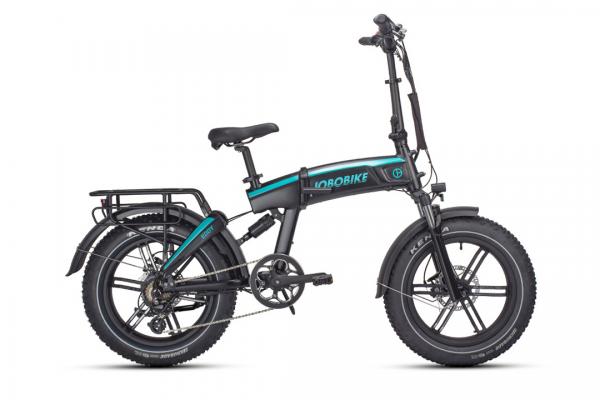
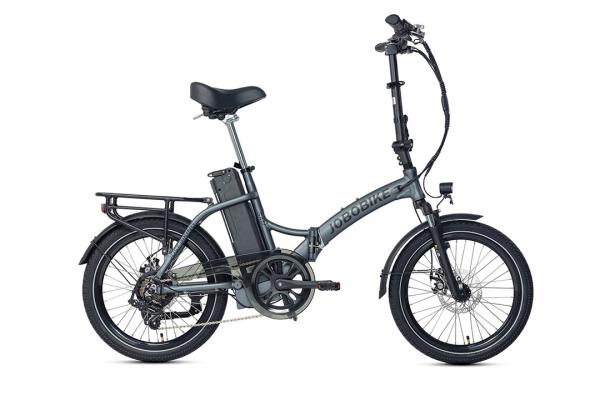
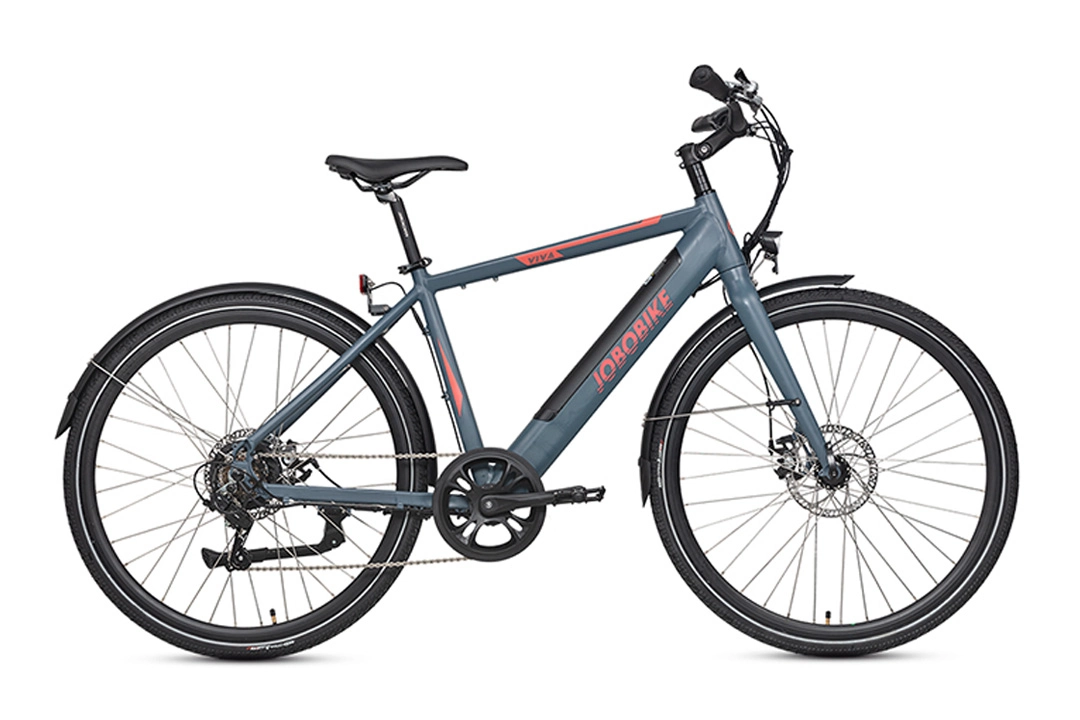
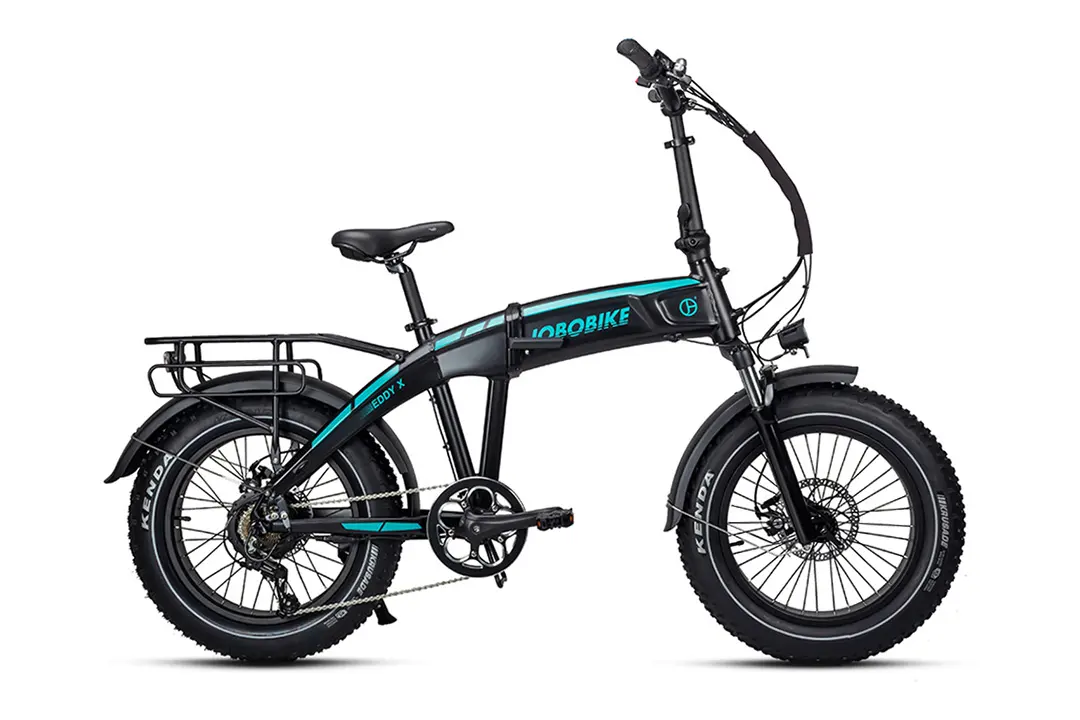
 JOBOBIKE Sam
JOBOBIKE Sam  JOBOBIKE Robin
JOBOBIKE Robin 
